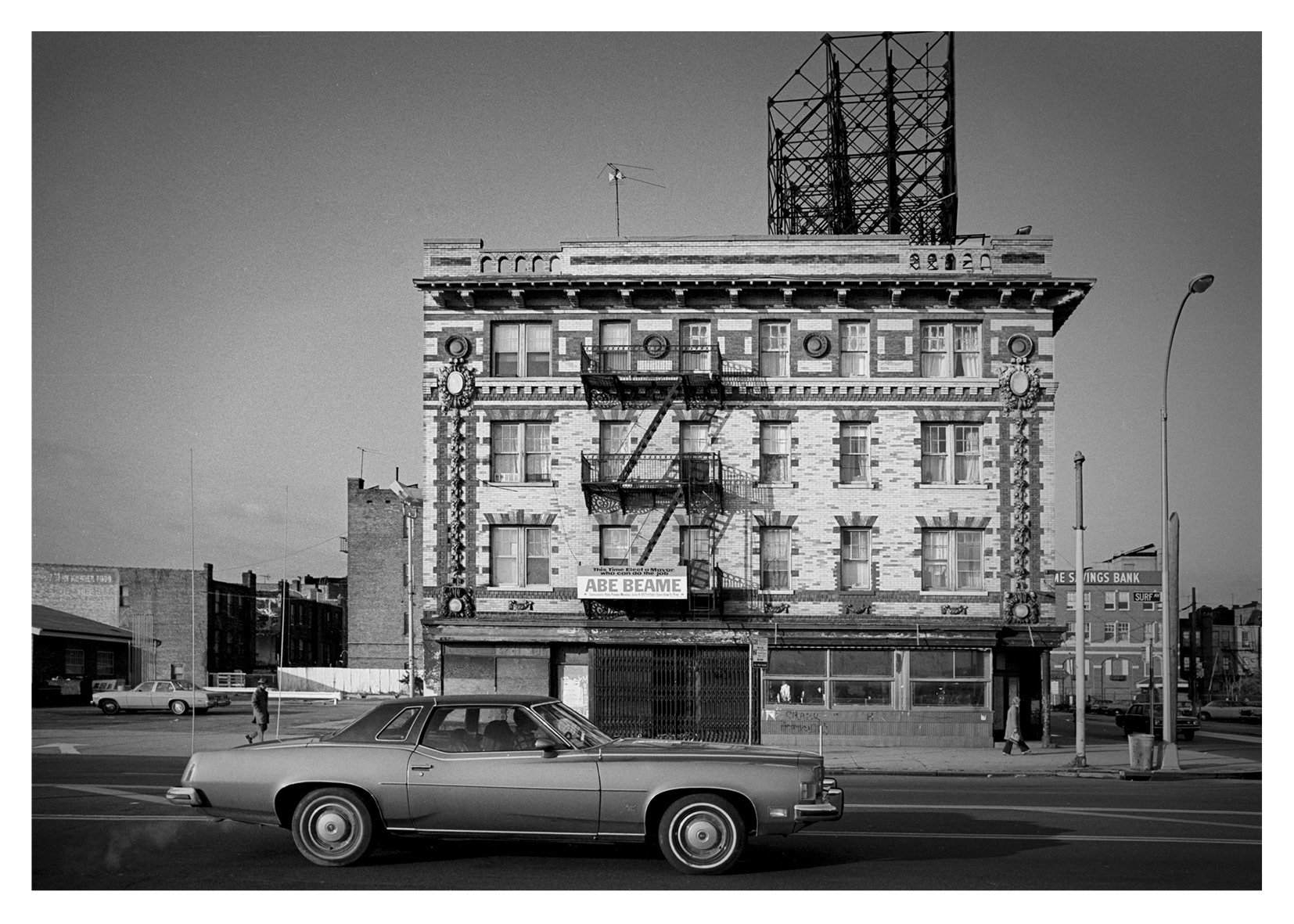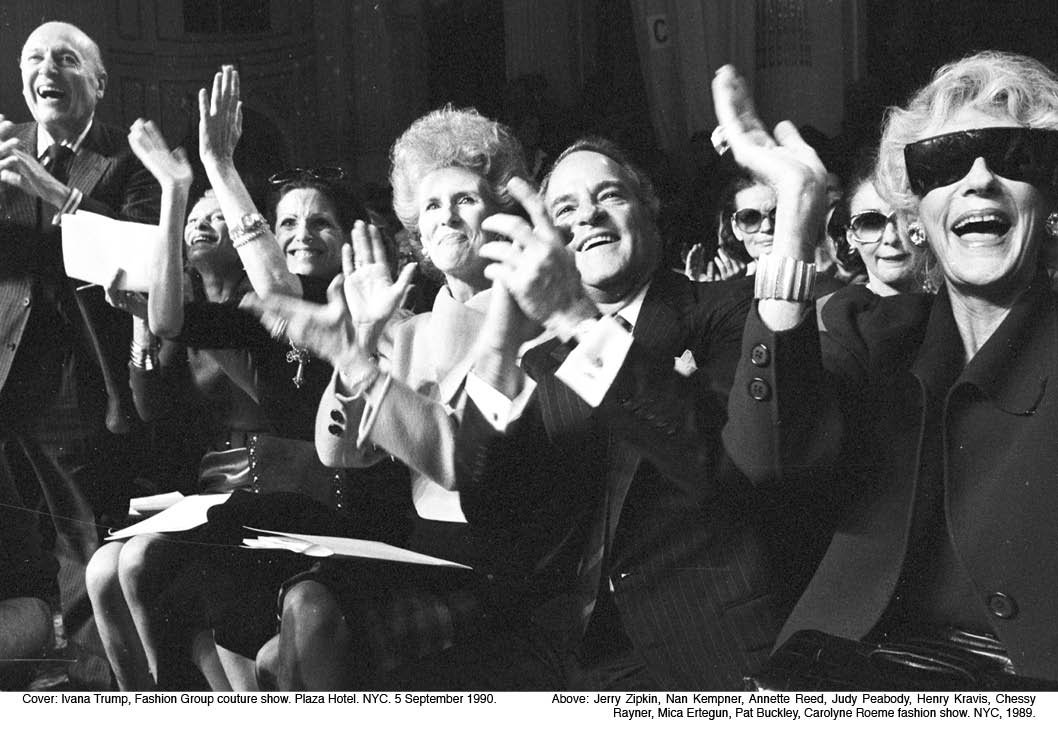Neil Martinson — Moscow. Leningrad. December 1984




















Neil Martinson — Moscow. Leningrad. December 1984
36 pages
printed in England
staple bound
14cm x 20cm
In the 1980s the only way to visit Russia was through their government agency ‘Intourist’. The Cold War had gone into the freezer when America placed nuclear cruise missiles on Greenham Common, Berkshire. On the streets of London, members of the British Communist Party were selling the Morning Star newspaper and singing the praises of the Soviet Union.
It was an authoritarian state that controlled the media and its people. Did it also control its visitors? Through Intourist I went to Moscow and Leningrad (now St Petersberg) for New Year 1984.
We arrived at a snowy Moscow airport to be greeted by our ‘guide’ Olga. She took us through arrivals as we opened our suitcases to be searched. Our coach into the snowbound city took us past Gorky Park at which point Olga said, “ You should not believe what is in the book and the American film about Gorky Park. It is nonsense.” Her accented English would have made her a perfect Bond villain. Of course, her comments only assured that we would visit Gorky Park. When we did it echoed to the sound of military music playing out on tinny loudspeakers hanging from lamp posts, a huge Ferris wheel stood frozen in time, a few soldiers in uniform wandered around, and we were the only customers on the ice rink.
We were put up in the Hotel Intourist, built especially for tourists, near Red Square. It was a brutal ugly tower block with acres of dull, smelly carpet. From there we were provided with the standard trips to Red Square, State Circus, ballet and opera. I opted out of many of the trips to take photographs. I had no sense of being followed but, I suspect, by then much of the state apparatus was crumbling. It was, in any case, difficult to make sense of what was around. All the signs were in cyrillic and utterly incomprehensible. But there were other signs, not least the queues that were everywhere. The predictable ones in Red Square, others for telephone boxes, outside shops for the precious few goods on sale, for buses, for scraggly bits of meat. There seemed to be a lot of old women and very few old men. Then there was Lenin. Sixty years after his death he looked out from everywhere and in the shops there were at least 67 varieties of his statuettes.
Apart from our guide no one spoke English and we didn’t speak Russian. To celebrate the New Year we joined revellers in a bar and managed to find a connection in jazz music. It was limited to throwing out names, “Miles Davis”, “John Coltrane”, “Dizzy Gillespie”. Outside in the freezing streets we gulped vodka and joined in the dancing. Olga would not have approved.










